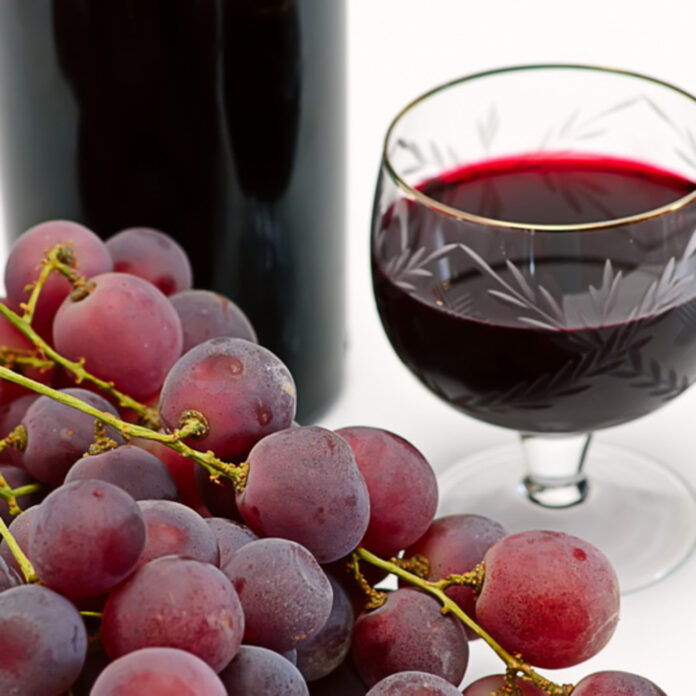Saint Vincent was a deacon, a martyr of the Church of Saragossa, Spain. He lived during the fourth century. He is now regarded as the patron saint and protector of winemakers. Several theories exist to explain why Saint Vincent was granted patronage of winemakers. One theory suggests that Saint Vincent was tortured on a wine press and the blood that flowed from his veins has become a metaphor for wine. Another theory suggests that when you divide the name “Vincent” into two you arrive at ‘’Vin’’, meaning ‘’wine’’, and ‘’cent’’ which is phonetically similar to the word ‘’blood’’ in French (sang).
Saint Vincent’s Day is celebrated on 22 January every year. The day that the saint was believed to have died in the year 304. The day also corresponds to the beginning of the pruning period when winegrowers typically go back to work in the vineyard following Winter’s end. There is a connection between vines that are pruned around this time drip sap, known as the “blood of the vine” – a metaphor that again extends to Saint Vincent’s death.
Each year, a chosen winemaker guard the saint’s statue for the year and then offers it during the celebration to another winemaker who will in turn keep it for the next year. Following the statue from domaine to domaine, is a short procession of local people from the village. Once the statue has been passed on, winemakers and residents from the village and people gather for a day of feasting, composed of dishes typical of Burgundian cuisine, such as Beef Bourguignon.



